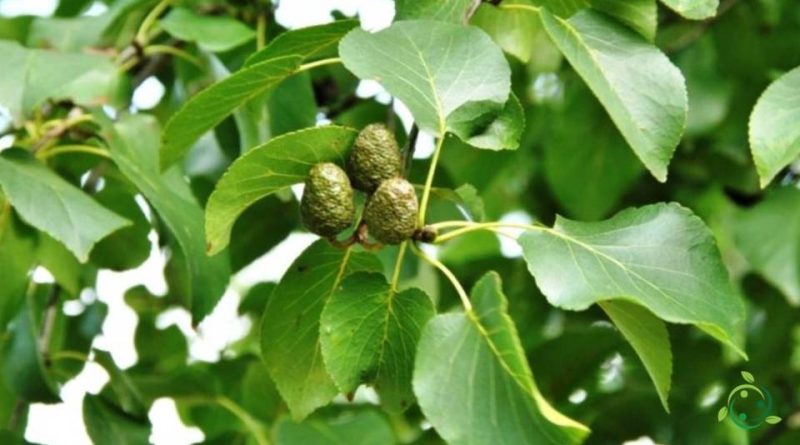How the Italian alder is grown
How the Italian alder is grown
The Italian alder (Alnus cordata (Loisel.) Duby) is a plant of the Betulaceae family endemic to southern Italy (from Campania to Calabria) but today widespread, also for ornamental purposes, in all Italian regions where it is found as allochthonous , with the exception of Piedmont and Valle d’Aosta where it is absent.
This tree tends to form riparian thickets.
The Italian alder is a monoecious plant with unisexual inflorescences: the male flowers are arranged in triads, in catkins; the female ones formed of small compact, pedunculated pine cones, brought in racemes. The fruits are woody pinettes (achenoconi), ovoid or globose, up to 3 cm long, green then brownish when opening, when they release small winged achenes.
Cultivation –
The Italian alder is a typical species of the phytoclimatic area of Lauretum and Castanetum; it has been used frequently in the reforestation of the Fagetum area.
It is a very versatile plant in terms of type of soils that it is considered a pioneer species; however, it prefers the proximity of water and heavy, clayey soils.
This tree should be planted, possibly, in areas where the annual rainfall does not fall below 800-900 mm, but it can resist well the not too long periods of drought. The average temperature of the coldest month must not be below -2 ° C. It is a heliophilic species and does not tolerate the shading of other species.
Alnus cordata propagates by seed that is sown as soon as it is covered with soil immediately after harvesting.
The sowing takes place must be performed in the spring period.
Repotting should be carried out as soon as possible, and then as soon as the seedlings reach the appropriate size they can be planted, during the following summer or during the spring after spending the winter outdoors. Alternatively, you can proceed by woody cutting in autumn, on sandy soil and outdoors, immediately after the leaves have fallen.
It is a plant that, except in the first years of life, tolerates water shortages well, so it is suitable in more arid areas.
Uses –
The wood of Alnus cordata is light and compact and is used above all for packaging, for carpentry work and to obtain cellulose. It is red-orange in color, durable in water and degradable in the air.
Given that it tolerates water shortages well and its growth is favored in acid soils, it is successfully used in the reforestation of bare soils rich in clay.

